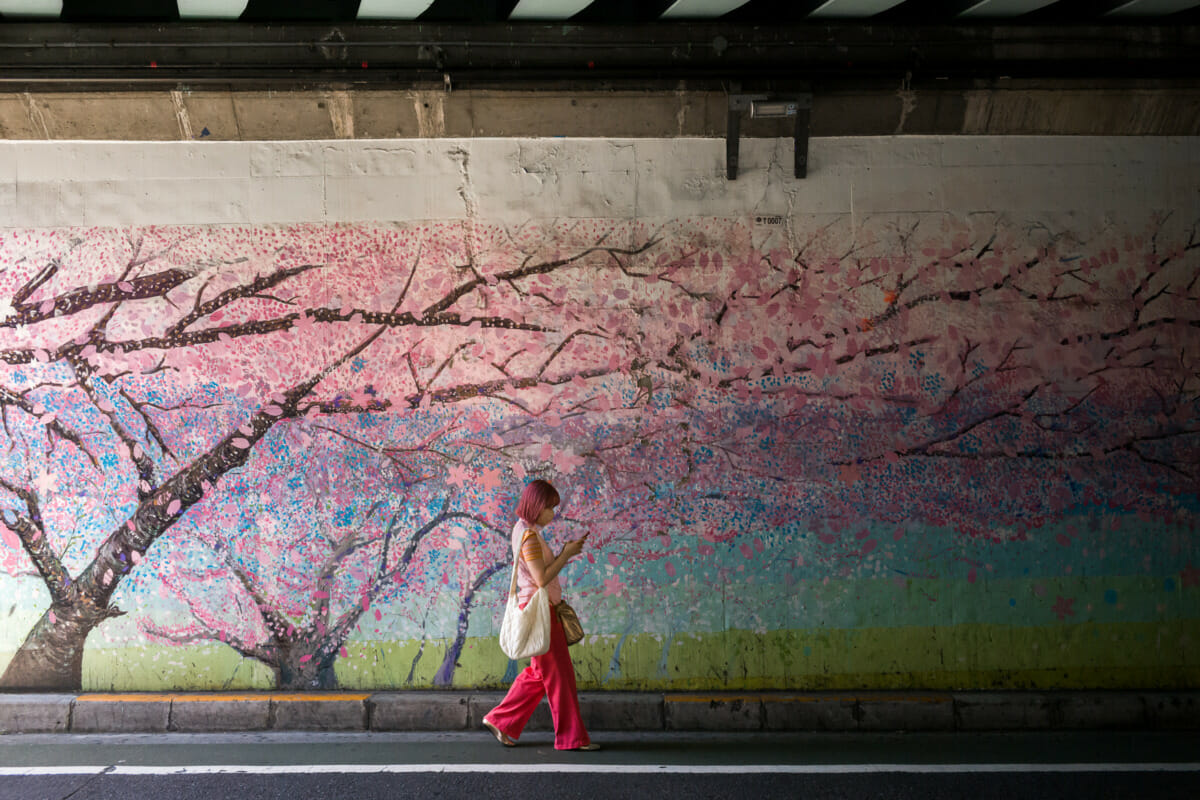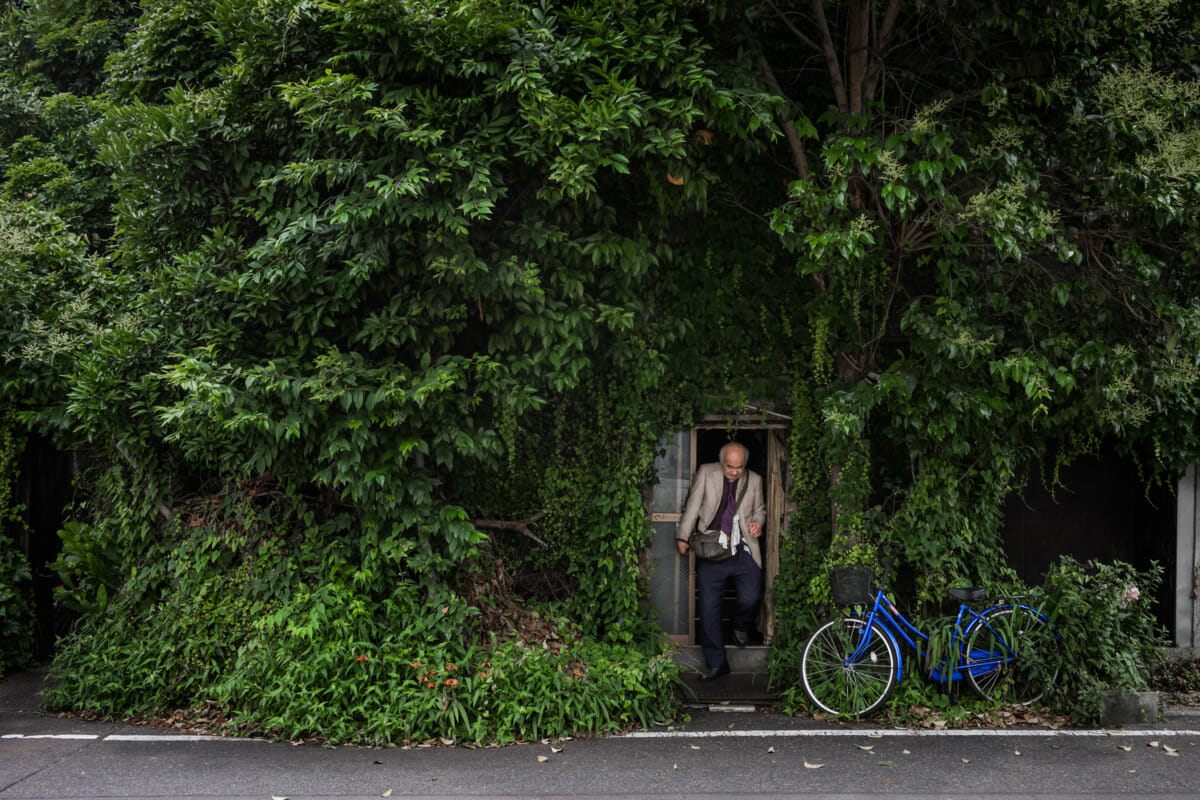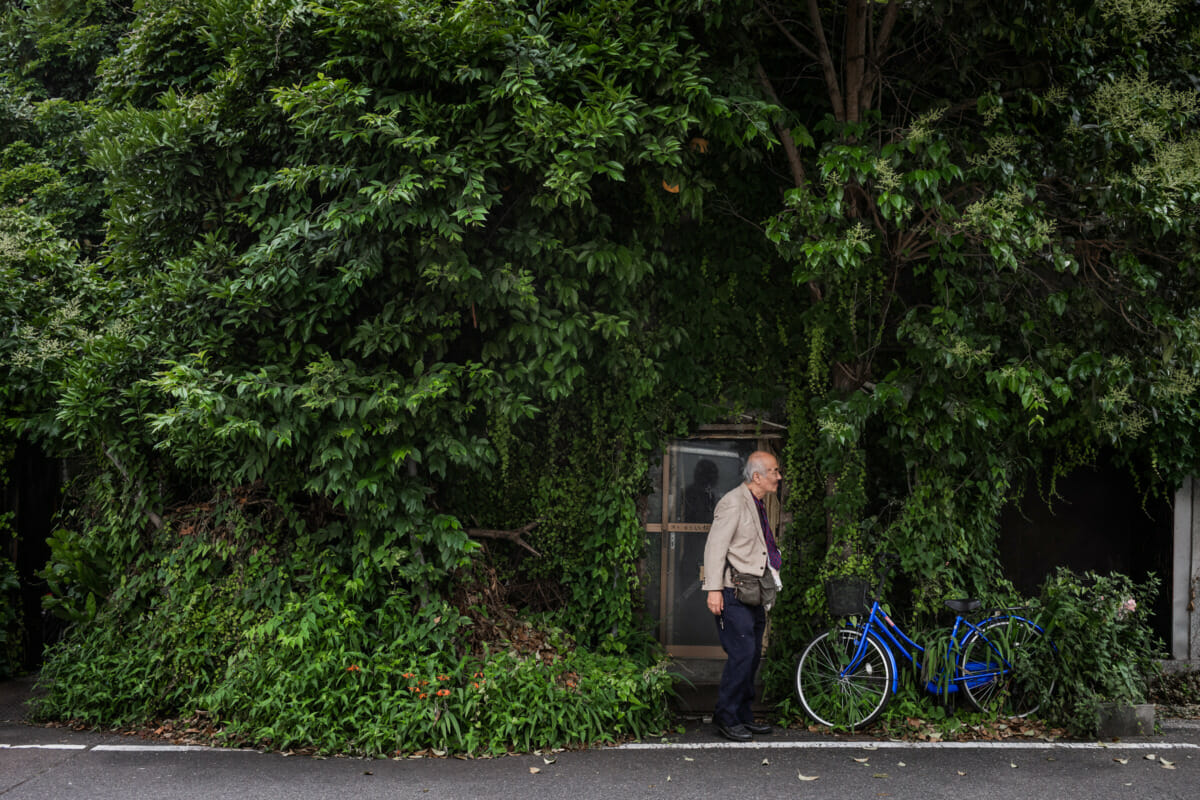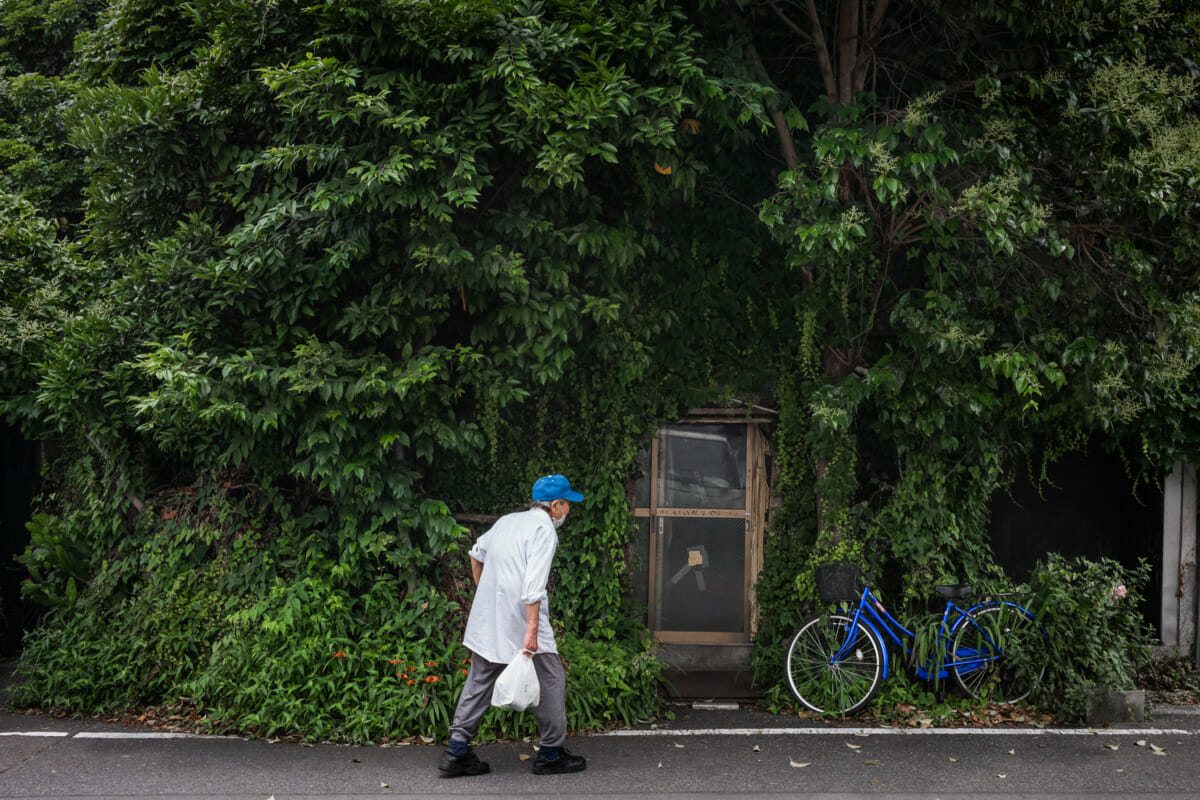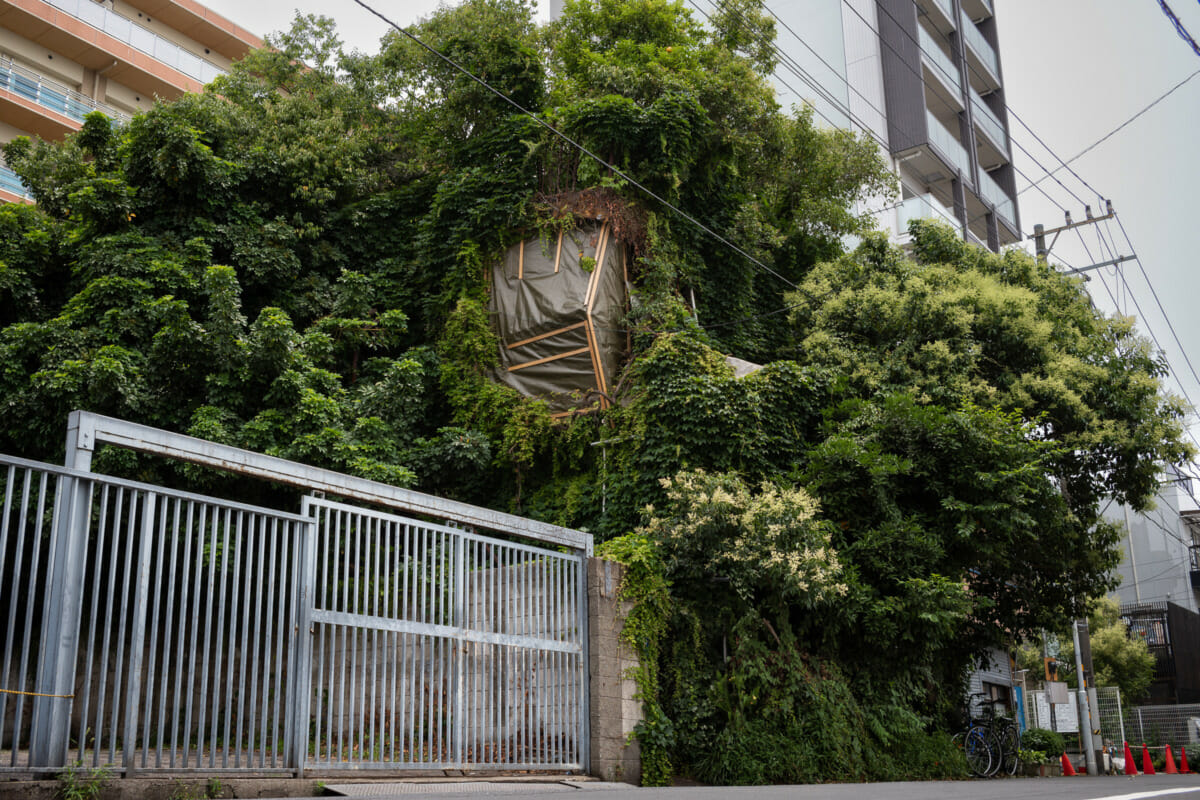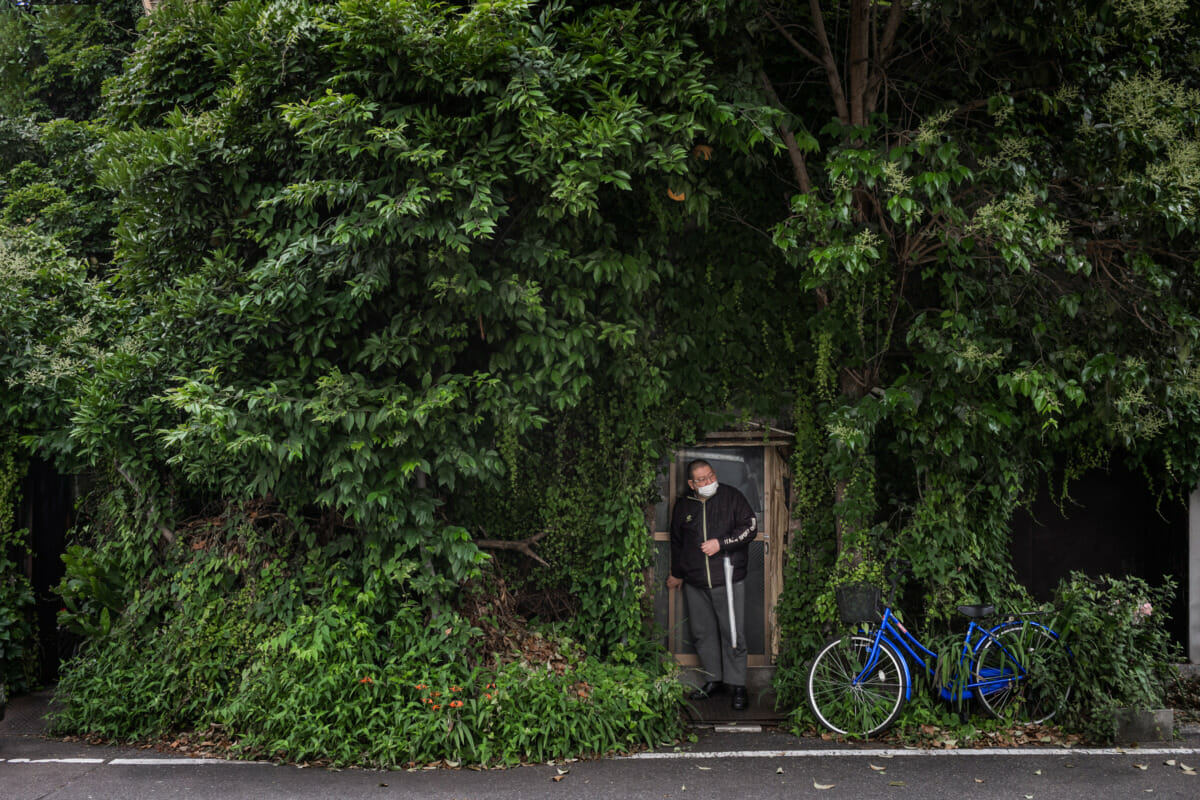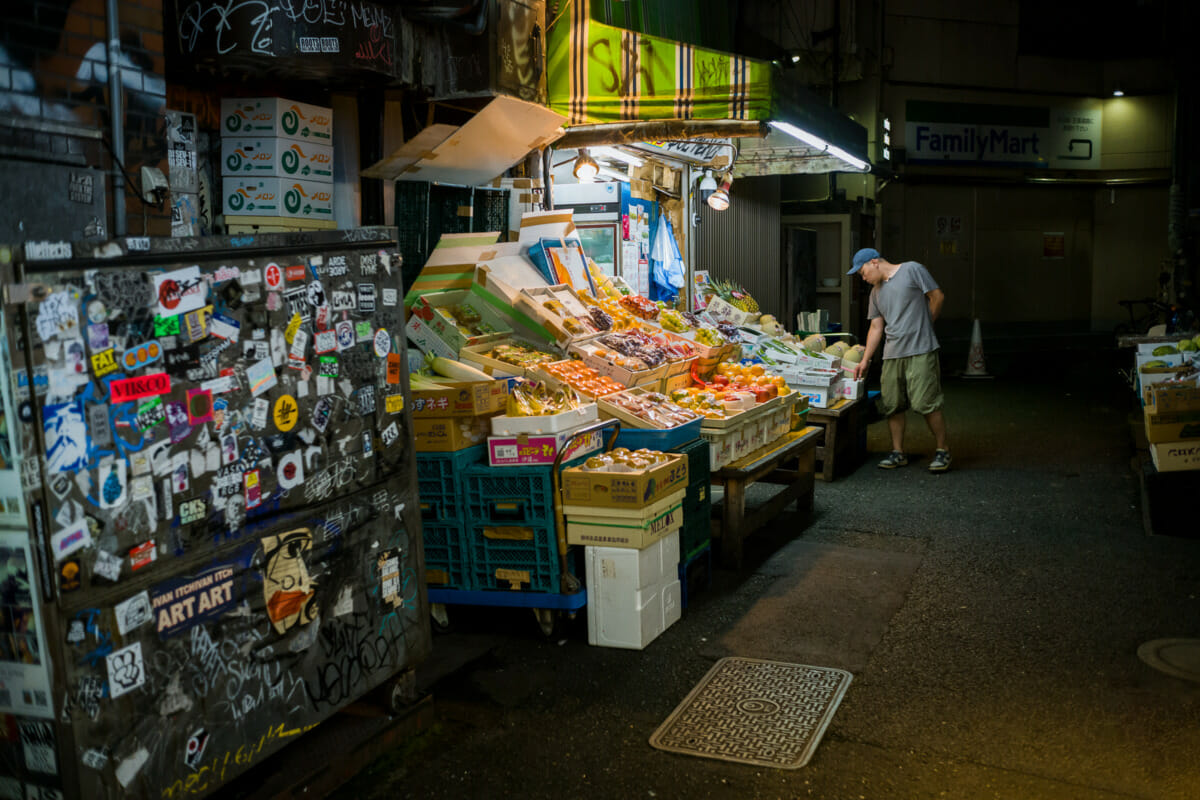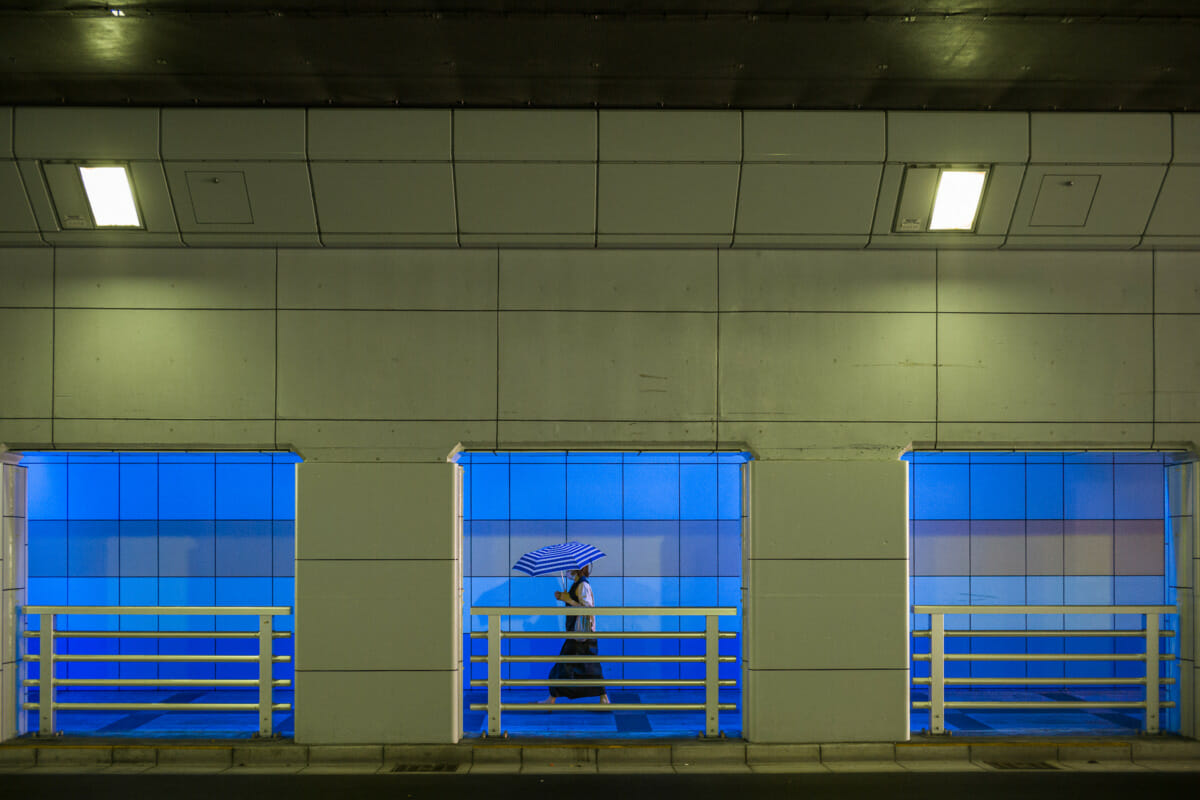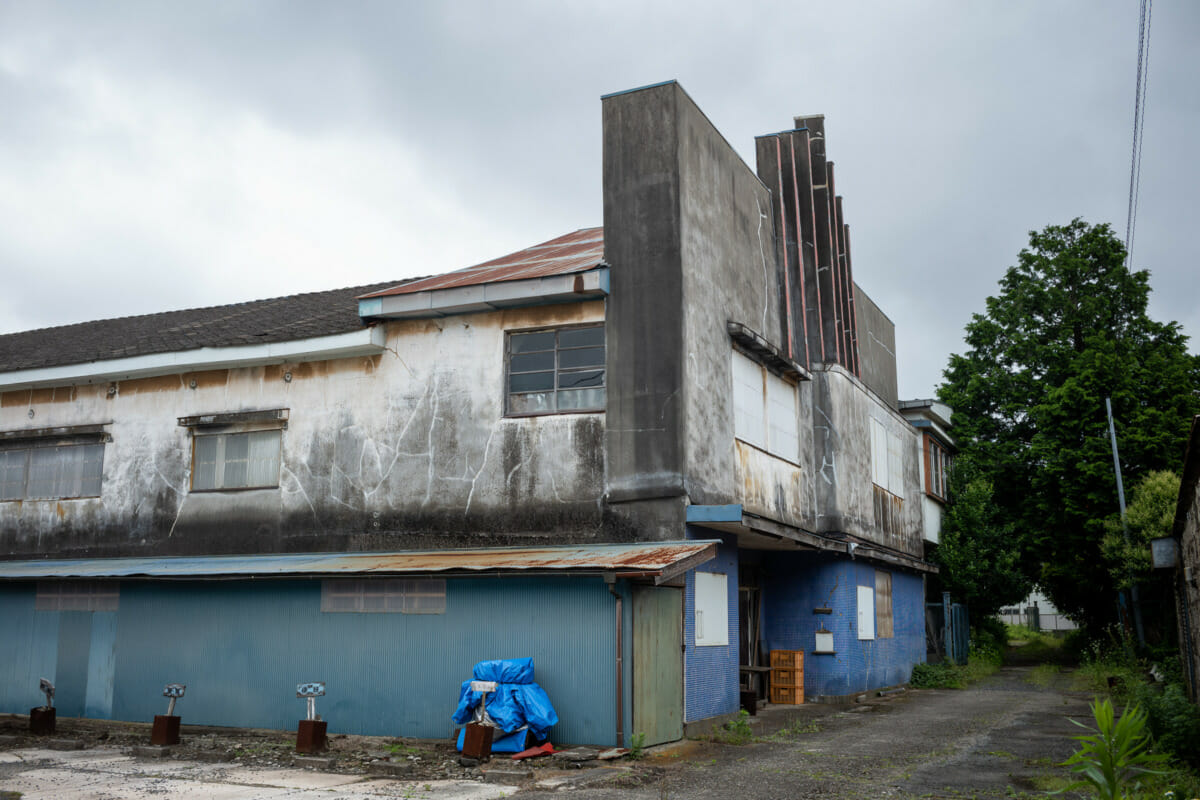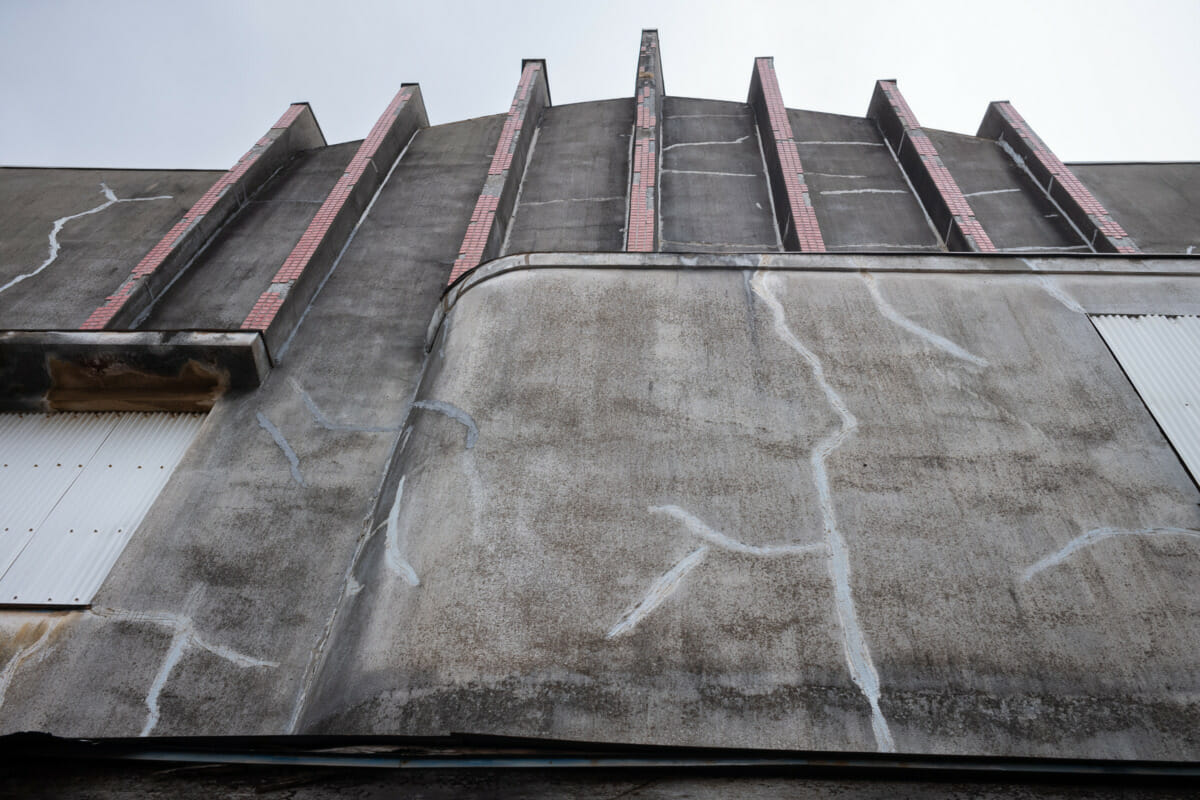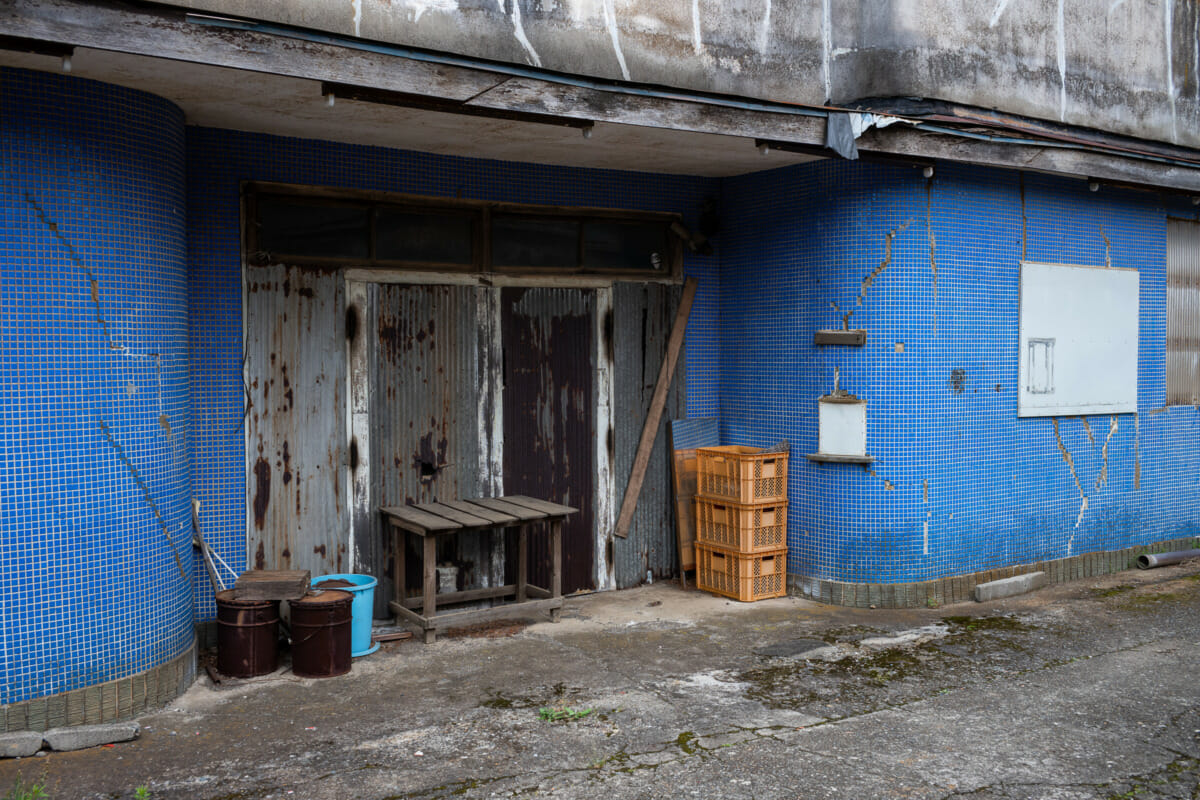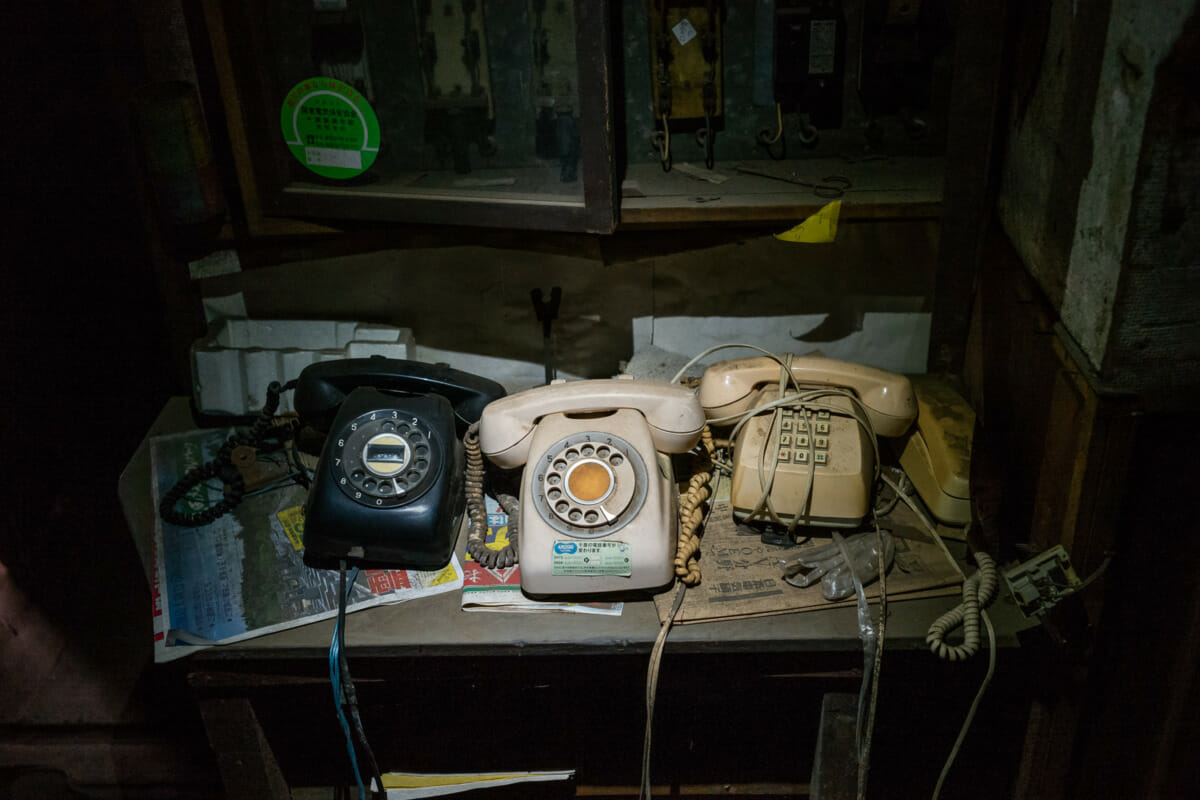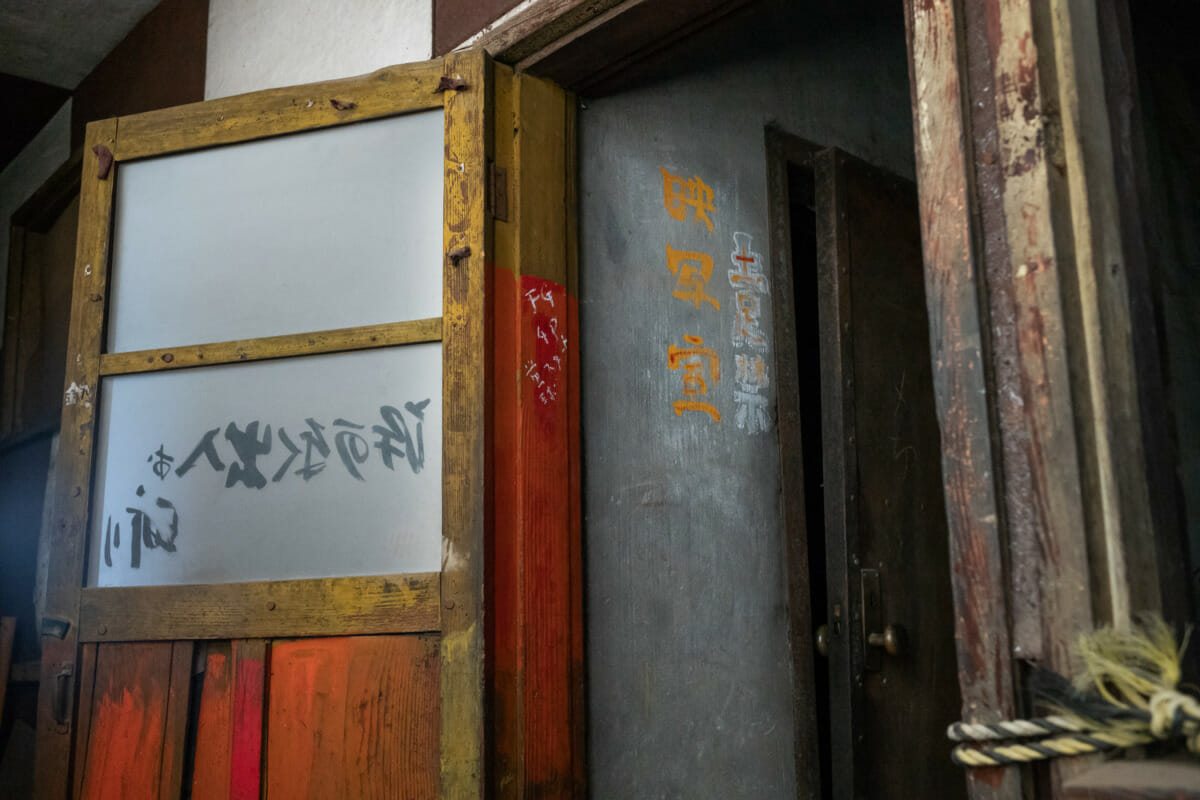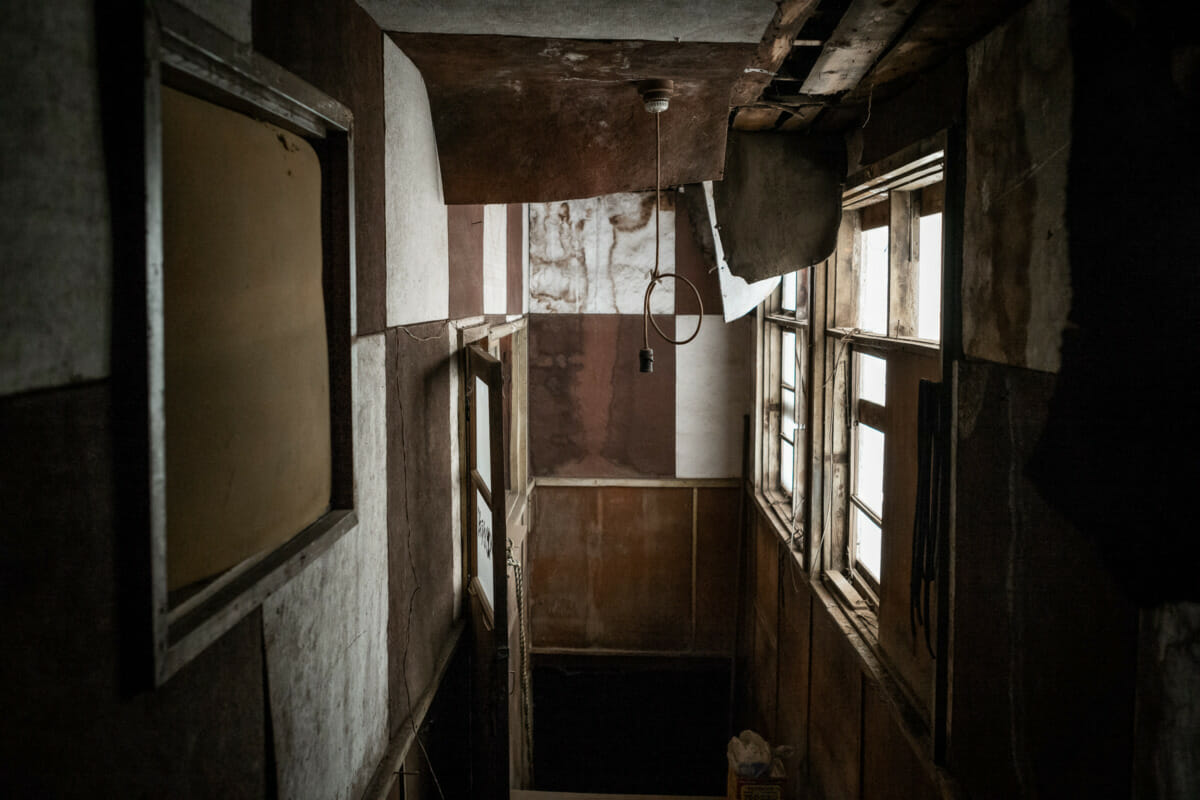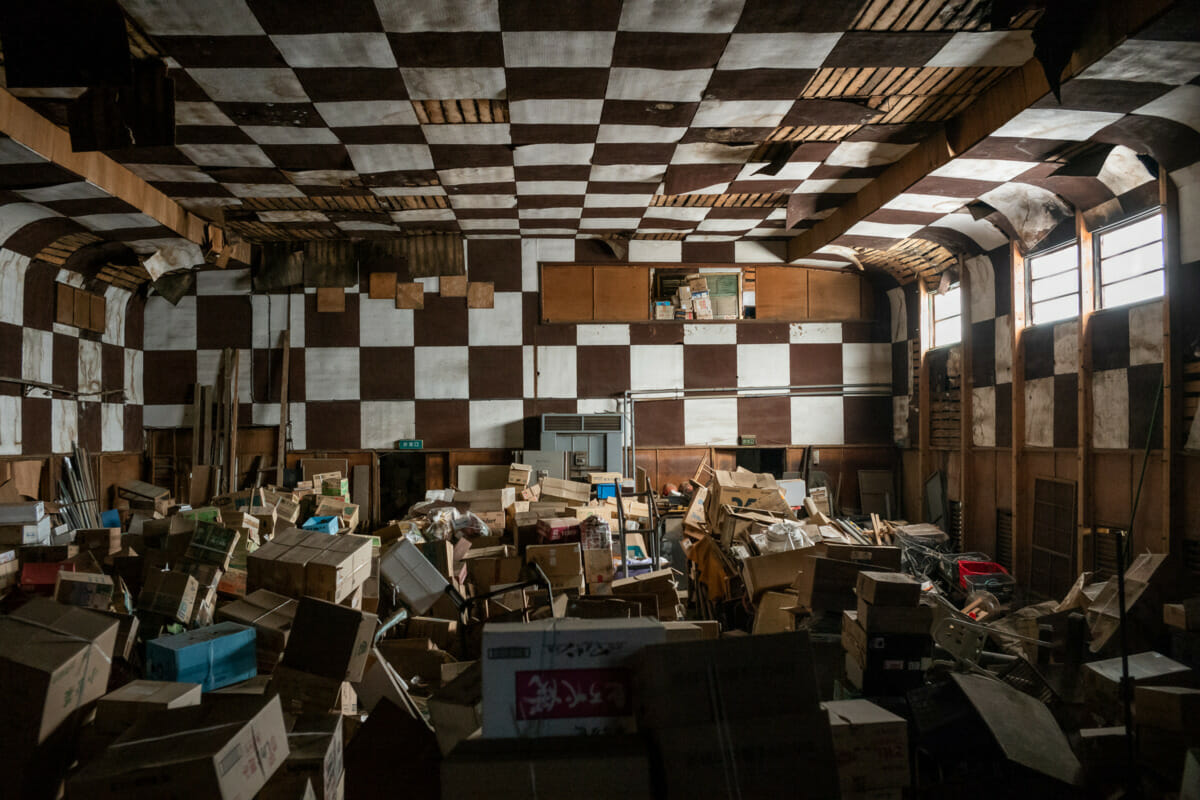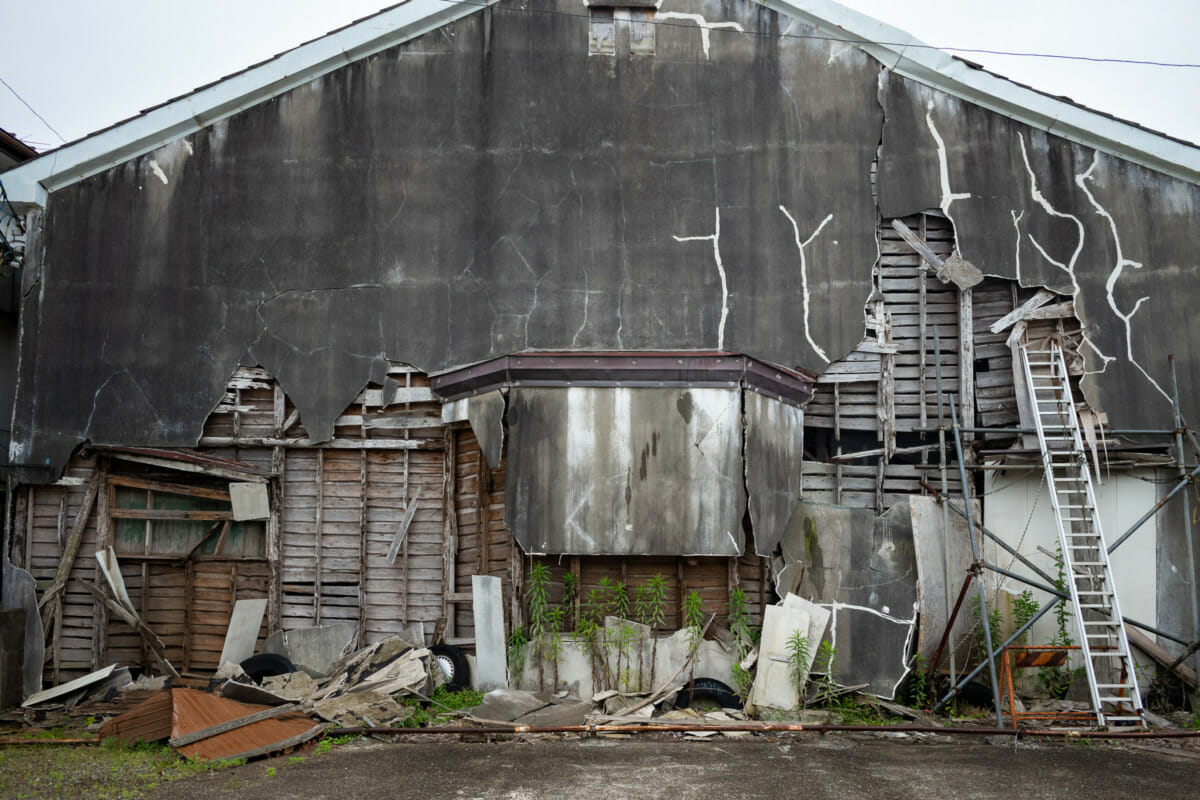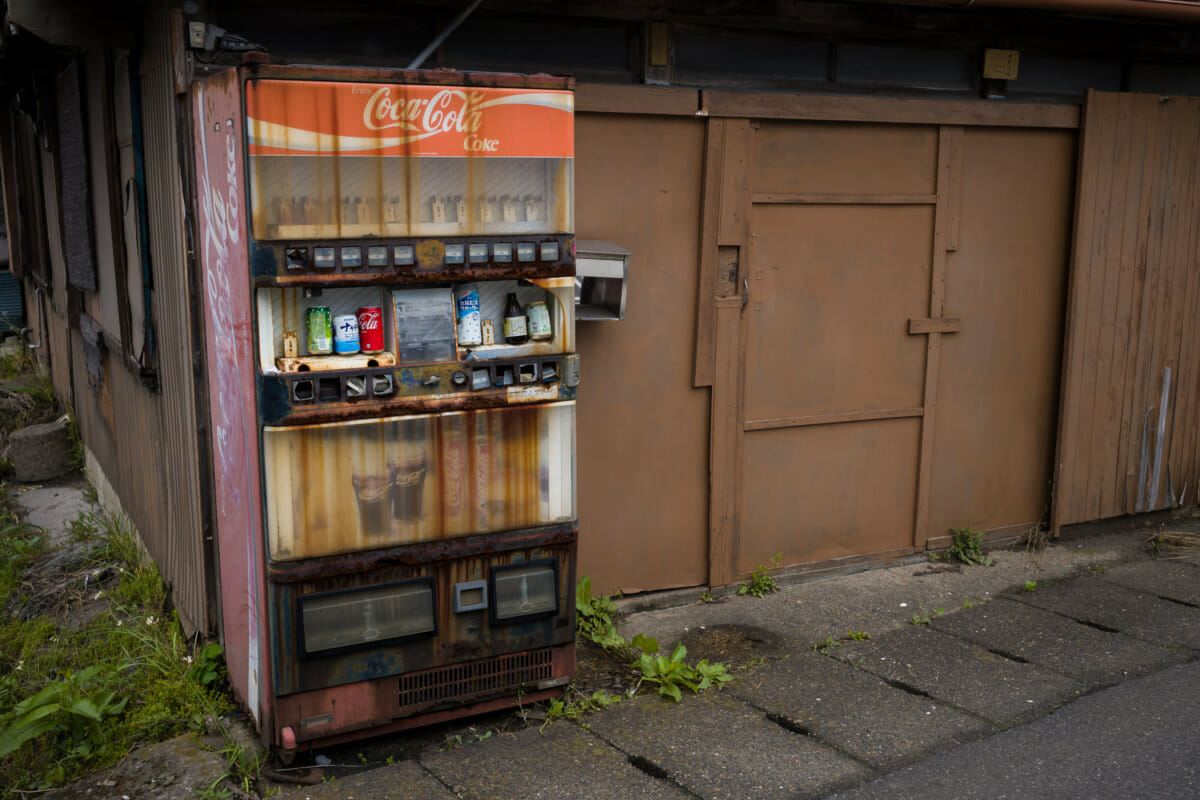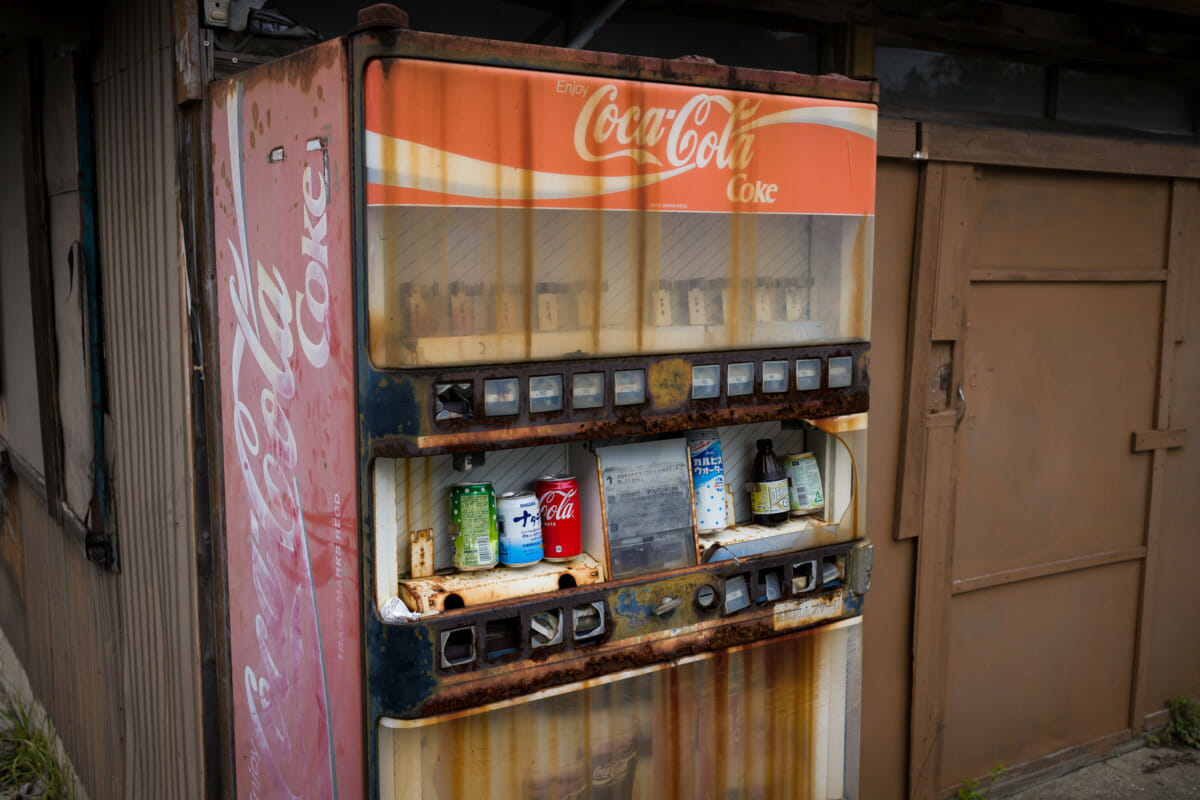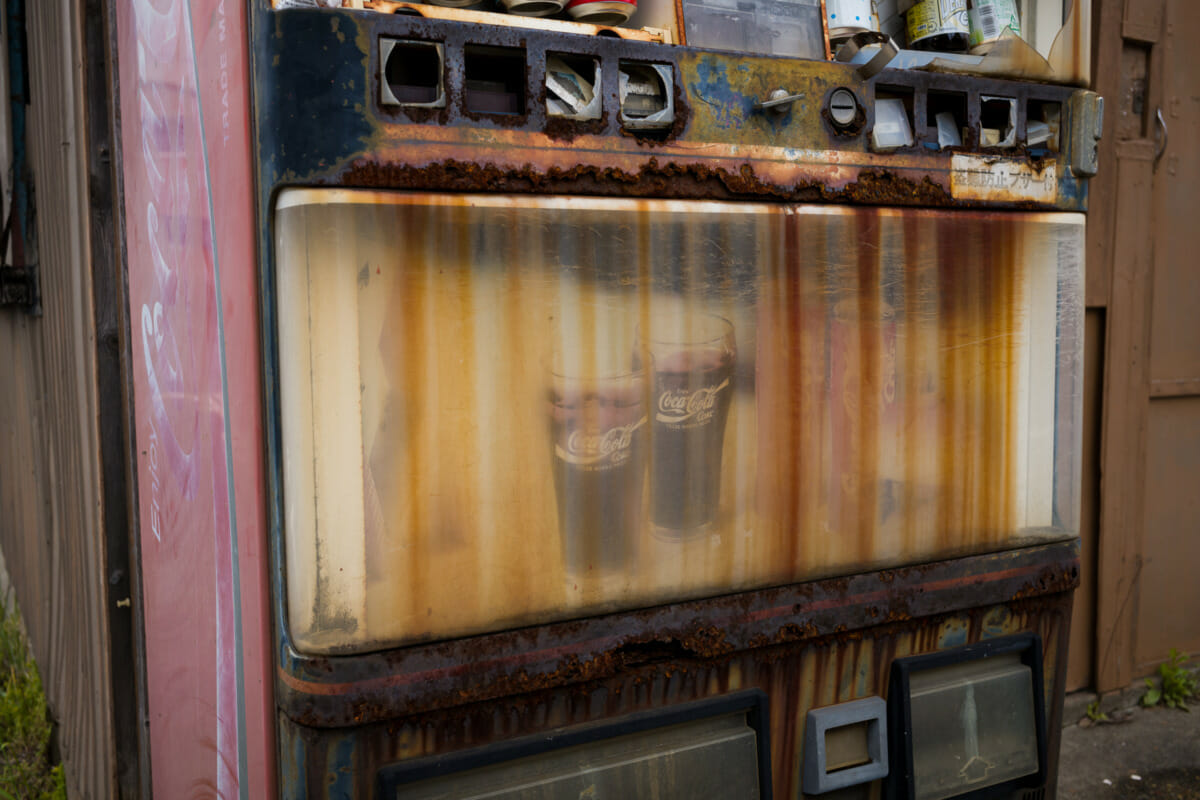An overgrown and crumbling old Tokyo hotel
Fairly recently, I documented one of Tokyo’s many old and rundown hotels. Like all such properties, they are bookable by anyone, but in reality they mostly cater to the city’s poor who sadly don’t have the means, or indeed the necessary documentation, to get better and considerably more secure accommodation.
The building below is one such place, and it has intrigued me for the longest time due to its truly unique appearance. In winter, it’s possible to see just how worse for wear it really is, but from spring onwards it almost completely disappears beneath the leaves of trees that now seem to be an integral part of the structure.
Whether it was still a functioning business, on the other hand, was always impossible to discern. It remained listed as open with rooms priced at ¥1,700 per night, which is quite a bit cheaper than the area’s going rate of ¥2,200. That said, there has never been any displayed information whatsoever, and apart from someone once going in and out when doing some electrical work, I’d never seen any signs of life beyond the botanical. Then, when recently photographing the freshly grown greenery, I got an answer. It is actually occupied, and by several people at the very least.
Tokyo dingy alleyway fruit and vegetables
When looking for some photos the other day, I found this old shot of a distinctly grungy looking Tokyo fruit and vegetable shop. It’s a business that always fascinated me. Partly because of how it looked, and partly due to its location in a dark and dingy Shibuya alleyway.
But that was then and this is now and sadly it doesn’t exist anymore, so seeing the photo again brought back how truly out of place it always seemed. Almost everything was wrapped in plastic too, which is unusual for such a small shop. However, when passing by one evening, that aspect at least suddenly made sense, as I saw the owner frantically trying to shoo away a couple of rats that were clearly not going to give up on a fresh fruit buffet without a fight.
Tokyo underpass parasol blues
A long-abandoned Japanese movie theatre
It’s not all that uncommon in Japan to find, and be able to photograph, the likes of abandoned homes and holiday resorts. Long out of business movie theatres, on the other hand, are without a doubt much rarer.
Opened in 1950, the cinema below was one of two that stood side by side, but the other structure burnt down, meaning it was left to entertain the locals all alone. With a capacity of about 400 people and a decades-long operational run, it must have more than managed that, but nothing lasts forever, and it eventually closed down in the early 1980s.
Since then it has stood silently in a slow, gradual state of decline. It hasn’t, however, been left untouched, as the interior is piled high with boxes. So many boxes. Even stranger is they are almost all empty. Some are obviously from many years ago, with others much more recent additions. Why they are all there is anybody’s guess, but without all that clutter, the auditorium would have looked truly incredible with row after row of empty wooden seats.
That said, it’s still a fascinating place, and while old telephones are always a treat to discover, massive and pristine looking vintage projectors are something else altogether. The room they were in was almost pitch black, but the smell of oil suggested we had found what we were looking for, and in the dim torch light, the appearance of those two machines was as amazing as the movies they once played.
An amazingly decayed Coca-Cola vending machine
Last year I posted a set of old and no longer functioning Japanese vending machines. From booze, cigarettes and even batteries, those one time dispensers now stand empty and unused — their former necessity usurped by convenience stores and a rapidly changing culture.
Some of those machines I still have a real soft spot for. They look incredible, plus they also have an impossible to describe character. I even went as far as saying they possess a quiet dignity of sorts, which despite sounding a bit far-fetched isn’t all that difficult to imagine.
Since then I’ve been lucky enough to find several more, but the one below deserves a post all of its own. Design-wise it’s not all that different to its more modern cousins, but the decay and rust stains really set it apart. Now whether any of that means it has dignity or not I don’t know, but what isn’t up for debate is how truly unique it looks.
